It’s a natural impulse to protect our boats when they sit idle through the winter. We may not have the same affection for the trailers they rest on, but they also need attention while they wait for spring. Their tires, especially, benefit from protection from outdoor exposure. Any jack can lift a trailer carrying a small boat, but some jacks are not well suited to the work. A bottle jack (left) has a small base that’s prone to tipping. A floor jack (center) is more stable but doesn’t lend itself to being blocked up to get its arm within reach of the trailer, and the pivoting motion of the lifting arm makes the bearing pad prone to slipping out of place. The farm jack (right) has an exceptional range of adjustment and can quickly be set to contact a trailer frame before lifting begins. The upper clamp jaw can be removed to provide more clearance between the jack and the load.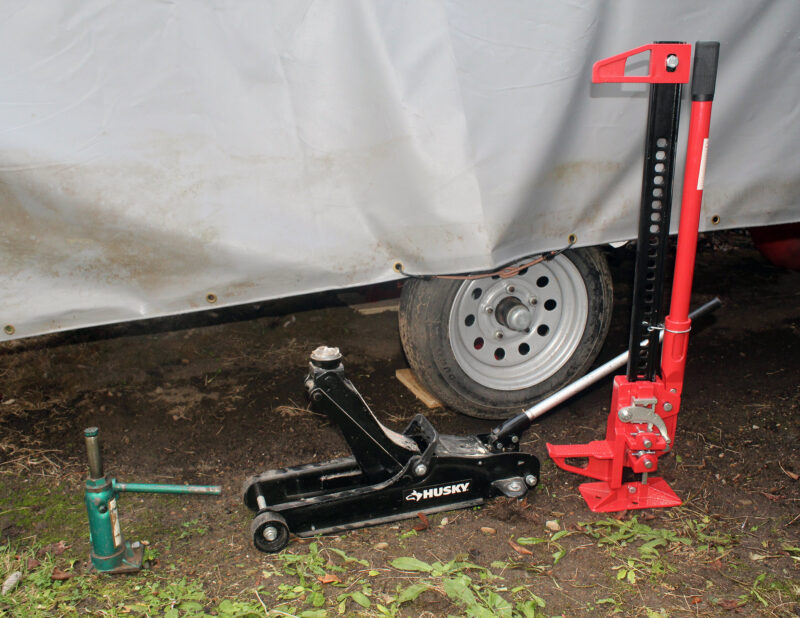 Photographs by the author
Photographs by the author
Stay On Course




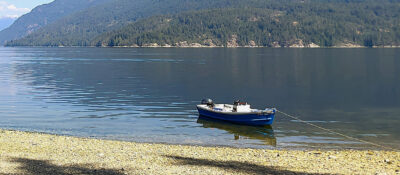
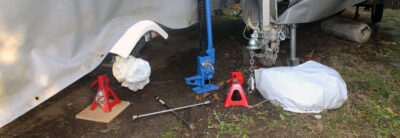
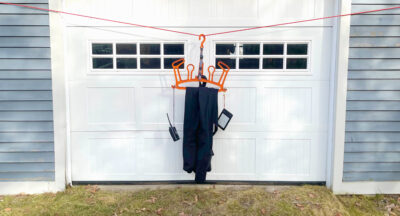
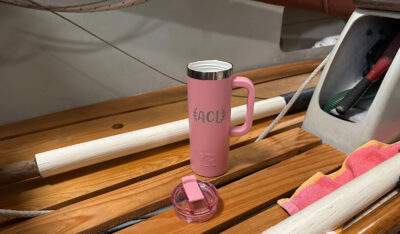
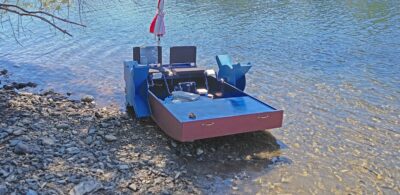
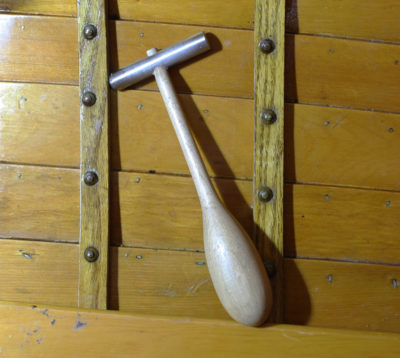
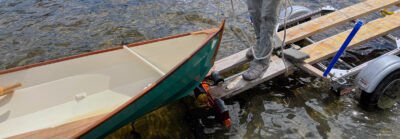
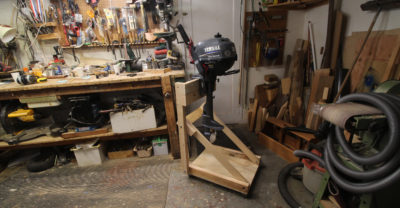
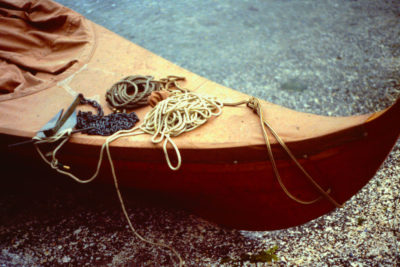
Join The Conversation
We welcome your comments about this article. To include a photo with your remarks, click Choose File below the Comment box.